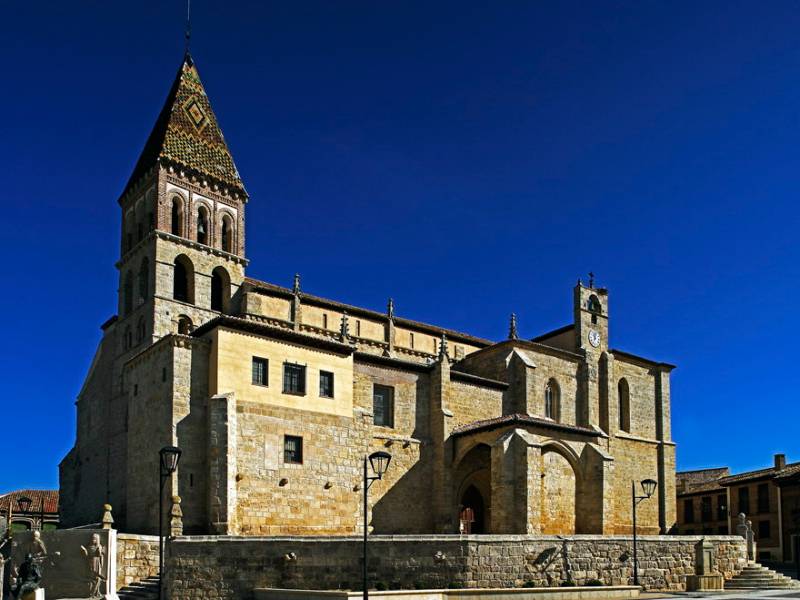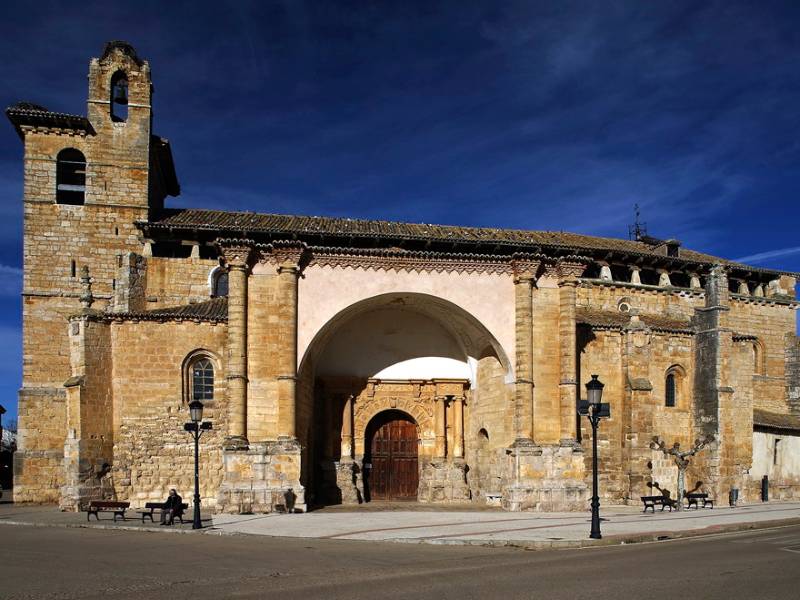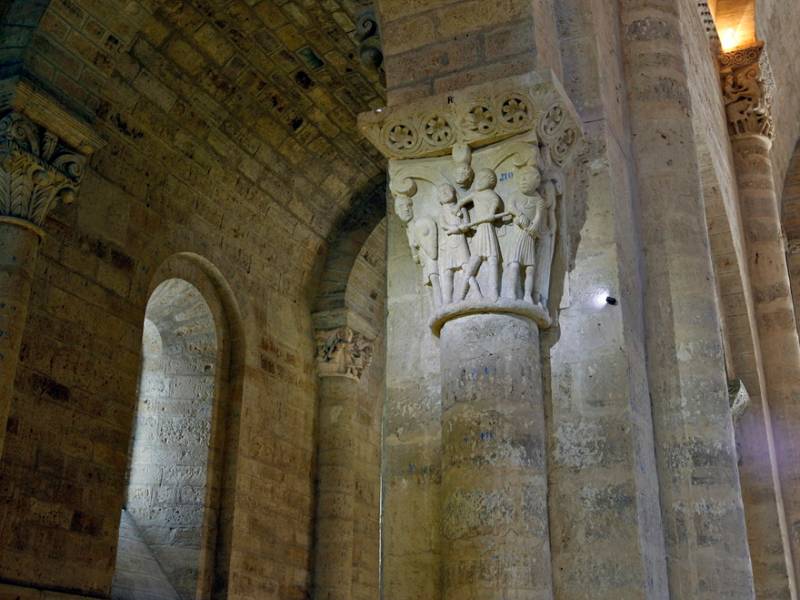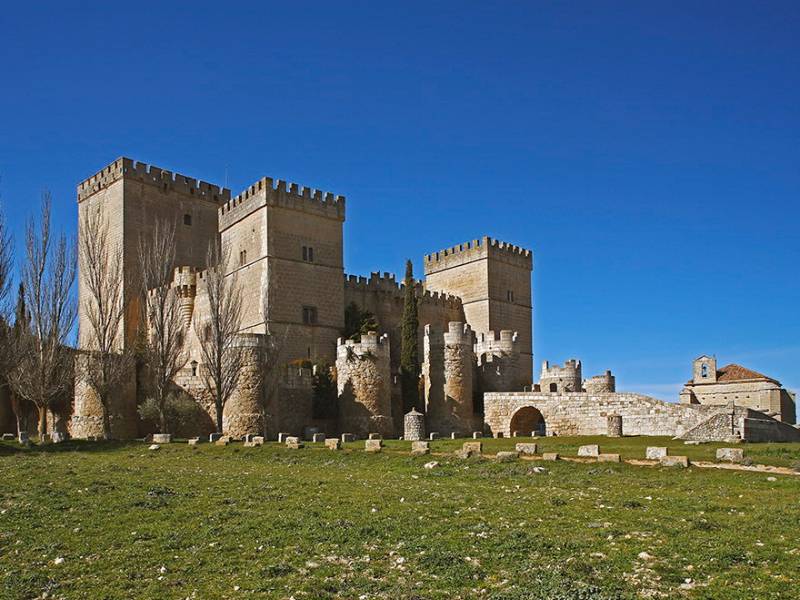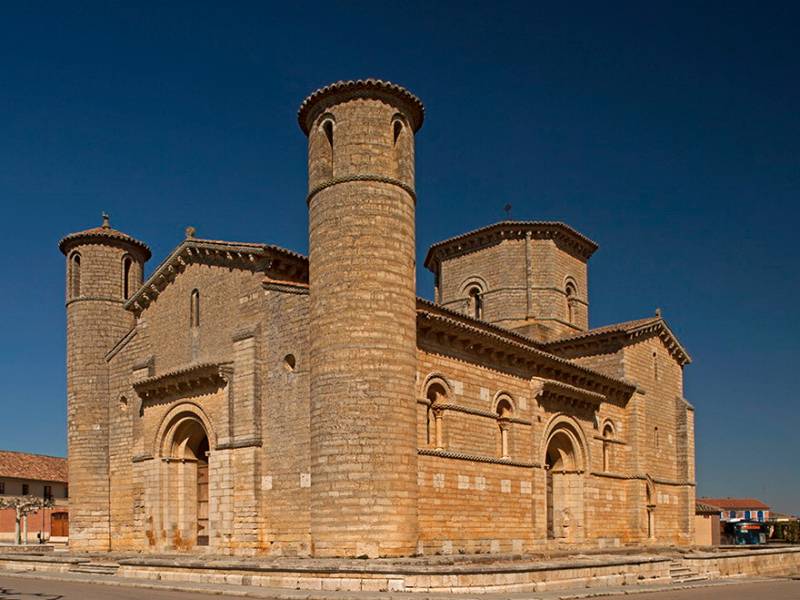The Iberian organs
- Position
- Palencia province
- Type of route
- Weekend
- Web
- To know more
It is both a privilege and a delight to be able to hear the sounds of the Iberian organs housed in a number of churches in the Tierra de Campos region of Palencia. These instruments were introduced into the churches to add a sense of majesty and solemnity to religious services, and now many years later, they continue to create music that fires the imagination.
This route includes the following sites of interest: the Church Museum of Santa María de Becerril de Campos, the Church Museum of Santa Eulalia in Paredes de Nava, the Collegiate Church of San Miguel next to Ampudia Castle and the Ampudia Religious Art Museum, the Parish Church of Boada de Campos, the Castilla Canal Flour Factory in Capillas, the Parish Church of San Miguel in Villarramiel, the Church of San Hipólito in Támara de Campos, the Frómista Religious Art Museum and the Church of San Martín de Frómista.
What to see?
 Parish Church of Boada de CamposMore information
Parish Church of Boada de CamposMore informationIt is of Romanesque origin but renovated during the Mudejar Gothic. Formerly, it was built in limestone ashlar and then reformed in mud, wood and brick. It has a ground plan of three naves and roofs were...
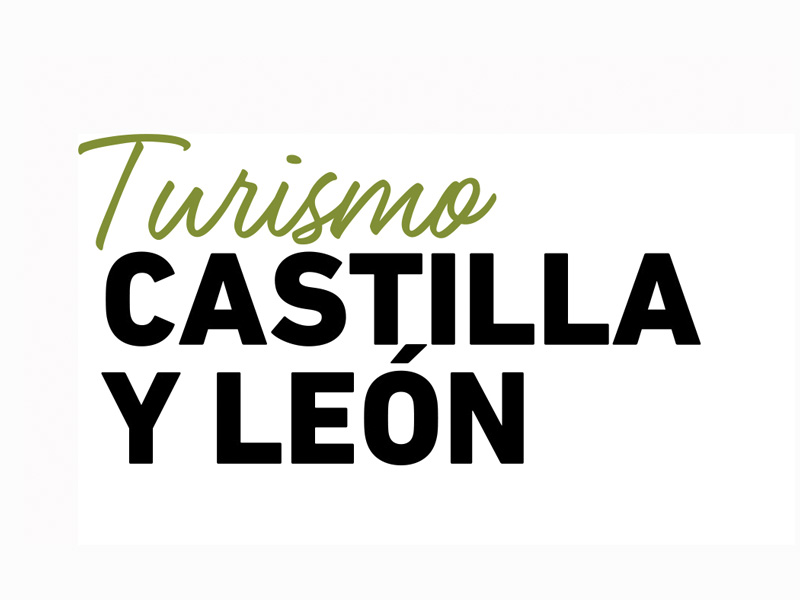 Parish Church of San MiguelMore information
Parish Church of San MiguelMore informationBuilt in accordance with the plans drawn by Ventura Rodríguez. It still conserves the original 16th-century front and contains a sculpture of San Antonio de Padua by the sculptor Alejo de Vahía, dating...
 Church of San HipolitoMore information
Church of San HipolitoMore informationBuilt with stone blocks, it has three naves and three apses. The 17th-century tower has four sections. The second section ahs a balcony. The high choir, of the 15th century, has been attributed to Simón...
 Church Collegiate of San MiguelMore information
Church Collegiate of San MiguelMore informationThree-nave church. Pointed naves separated by pillars, with ribbed vaults. A graceful tower by Juan Escalante and Gaspar de Solorzano.Built as a collegiate church by the Duke of Lerma in 1608, when the...
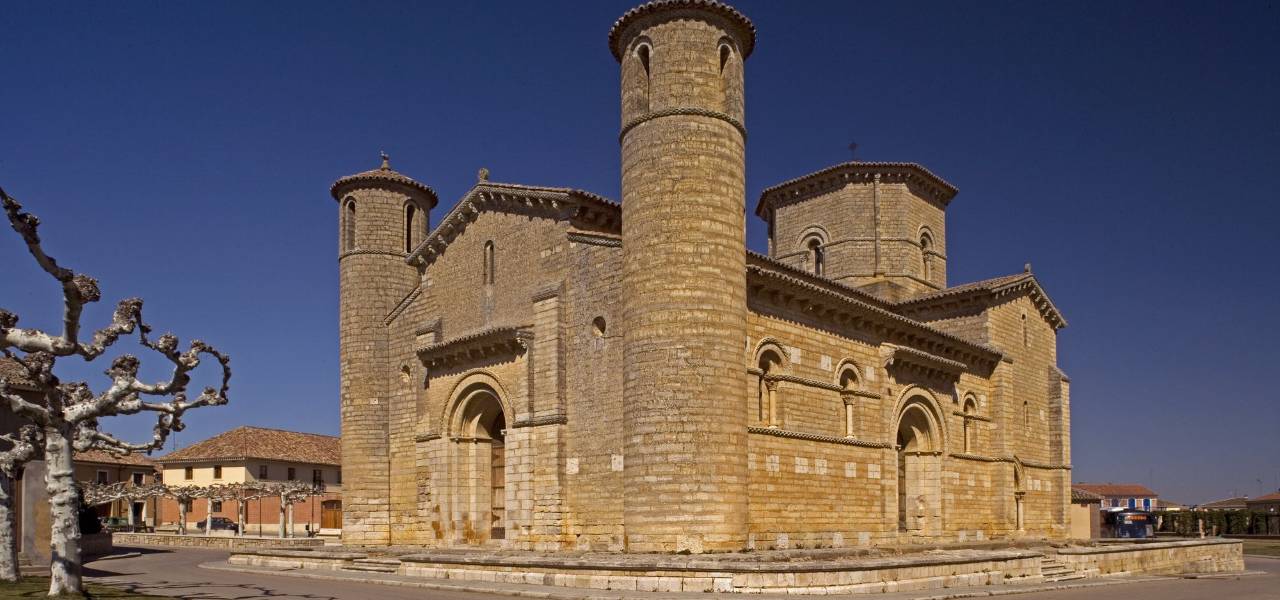 Church of San Martin de FromistaMore information
Church of San Martin de FromistaMore informationIt was part of a Benedictine convent; and the church emulates the Jaca Romanesque style, it was founded by Doña Mayor, the Countess of Castile back in 1066. One of the most representative Romanesque buildings...
 Castle of AmpudiaMore information
Castle of AmpudiaMore informationGothic noble fortress, built in the 15th century by the descendants to Pedro García Herrera, major-general of Castile and nephew of the bishop of Palencia Sancho de Rojas, founder of the Manor of Ampudia.
 Museum Church of Santa MariaMore information
Museum Church of Santa MariaMore informationInside we can admire: Berruguete’s panel paintings; works by Juan de Juni, Alejo de Vahía y Valmaseda; the triptych of the Virgin with the Child of Juan de Flandes; besides gold articles and silverware,...
 Church-Museum of Santa EulaliaMore information
Church-Museum of Santa EulaliaMore informationMain altarpiece from the church of Pedro de Berruguete. Paintings by Juan de Tejerina, Villoldo, Maestro de Paredes and others by flemish masters. Sculpture: works by Alonso Berruguete, Alejo de Vahia,...
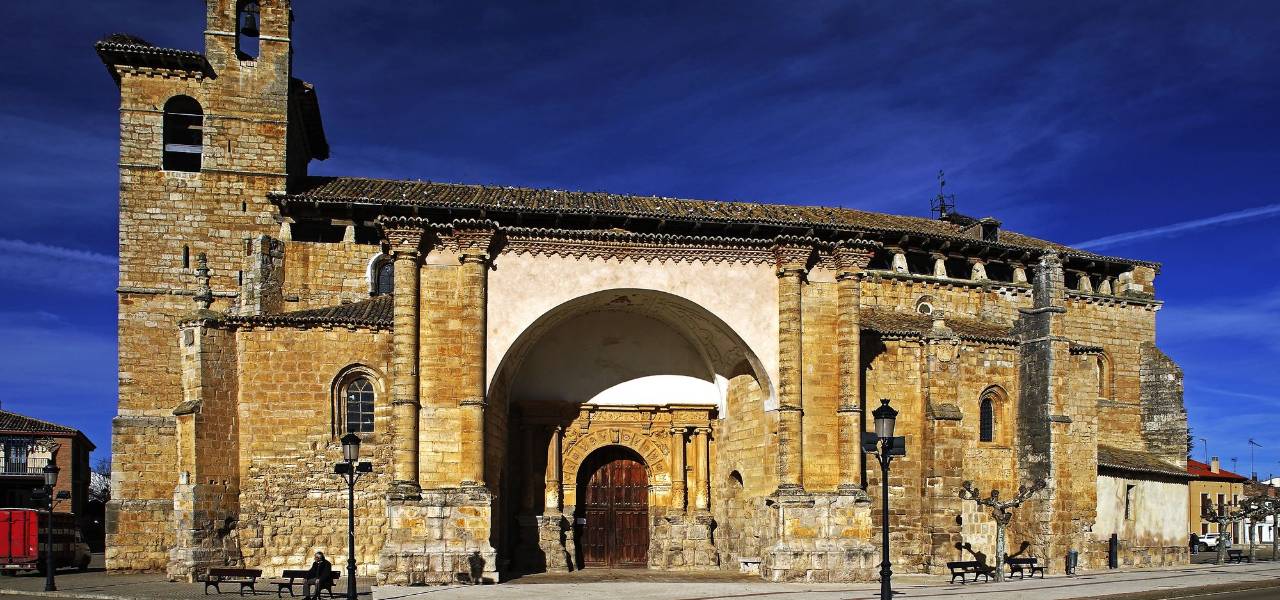 Museum of Sacred Art of FromistaMore information
Museum of Sacred Art of FromistaMore informationOne of the most important pieces that this museum houses are 29 Spanish-Flemish tables from the 15th century, they belonged to the main altarpiece of Santa María del Castillo from where they were stolen...

